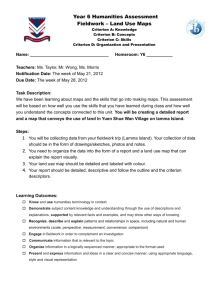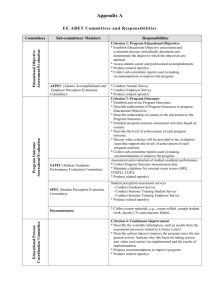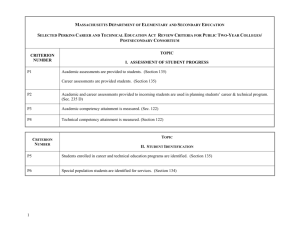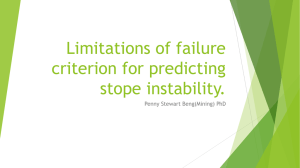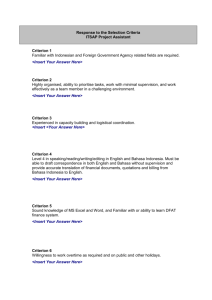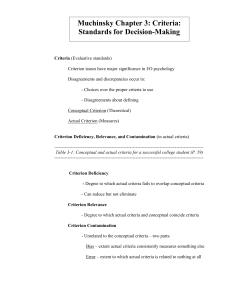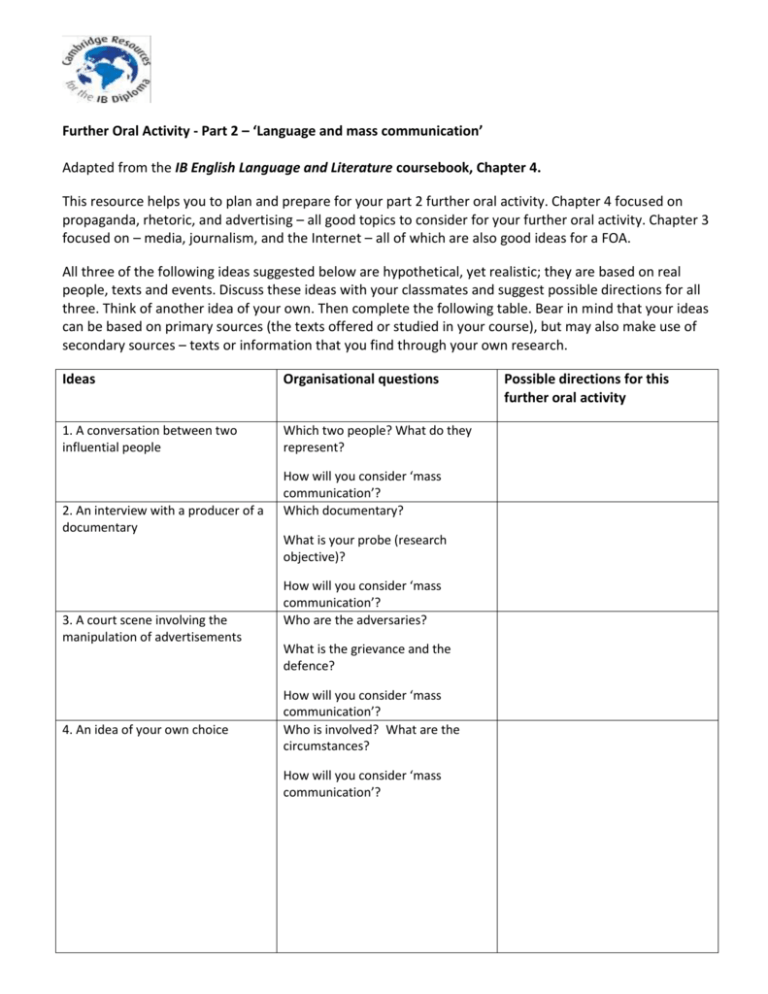
Further Oral Activity - Part 2 – ‘Language and mass communication’
Adapted from the IB English Language and Literature coursebook, Chapter 4.
This resource helps you to plan and prepare for your part 2 further oral activity. Chapter 4 focused on
propaganda, rhetoric, and advertising – all good topics to consider for your further oral activity. Chapter 3
focused on – media, journalism, and the Internet – all of which are also good ideas for a FOA.
All three of the following ideas suggested below are hypothetical, yet realistic; they are based on real
people, texts and events. Discuss these ideas with your classmates and suggest possible directions for all
three. Think of another idea of your own. Then complete the following table. Bear in mind that your ideas
can be based on primary sources (the texts offered or studied in your course), but may also make use of
secondary sources – texts or information that you find through your own research.
Ideas
Organisational questions
1. A conversation between two
influential people
Which two people? What do they
represent?
2. An interview with a producer of a
documentary
3. A court scene involving the
manipulation of advertisements
4. An idea of your own choice
How will you consider ‘mass
communication’?
Which documentary?
What is your probe (research
objective)?
How will you consider ‘mass
communication’?
Who are the adversaries?
What is the grievance and the
defence?
How will you consider ‘mass
communication’?
Who is involved?
What are the
circumstances?
How will you consider ‘mass
communication’?
Possible directions for this
further oral activity
Using the Assessment Criteria
For any piece of IB assessed work that you do, you should make sure you are familiar with the assessment
criteria – these are the criteria your teacher or the examiner will use to award you credit and marks.
There are four criteria for the further oral activity. The four criteria are:
Criterion A: Knowledge and understanding of text(s) and subject matter or extracts
Criterion B: Understanding of how language is used
Criterion C: Organisation
Criterion D: Language
Developing your ideas
Some of the ideas you used to develop the suggestions in the table above are a first step in the process,
but you will need to develop these further. For example, for No. 3 ‘A court scene...’ you may have some
initial thoughts about the courtroom adversaries, their grievance and defence, and a specific focus
relevant to the topic of ‘mass communication’. Now you will need to develop these ideas with the
assessment criteria in mind.
This picture is an example of ‘culture jamming’: this is a t-shirt with a manipulated logo of a major oil
company. You should consider this photo as a primary source, to ensure your further oral activity is based
on studied coursework material. As an idea for a further oral activity, you might imagine that the man
wearing this (or more likely the t-shirt manufacturer) is being sued by the oil company for libel or
trademark infringement. The following table shows how these ideas might be developed. Think about
how you might add to these ideas, and write an additional paragraph for each of the criteria.
Using the Criteria in Your Planning
Criteria
How my FOA focuses on the criteria
Criterion A: Do you have enough
knowledge and understanding of
the text(s) and subject matter or
extracts?
I know what this company produces, both in product and in profit, and I
understand the irony of using dollar signs in an unflattering light. I’m not so
sure, however, that I know enough about the background of either the
company or this ‘culture jammer’. I need to research further and probably
come up with more evidence for both the plaintiff (company) and defendant
(t-shirt maker)...
Criterion B: Do you have an
understanding of how language is
used?
There isn’t enough language in this picture alone. Now I really need to
research further – I can’t just base a whole courtroom case on a single word
(especially as that word is the name of the company!). I’ll imagine some of
the legal argumentation, but I need more material to go on ...
Criterion C: Does your further oral
activity show organisation?
I’m thinking I’ll need two partners so that the plaintiff, the defendant and the
judge will all have roles. All will need to anticipate the others’ point of view,
and all will need to express the background of the issue. But what is my
issue? Is this culture jamming really unlawful? I need to check...
Criterion D: Does your further oral
activity use language effectively?
We can demonstrate use of language in how we use specific terms, such as:
culture jamming
bias
negative ad
parody
image.
As we practise our further oral activity, we’ll want to
demonstrate our understanding of key points in effective
argumentation, such as:
o the court of public opinion
o freedom of expression
o free enterprise
o infringement
o libel.
I appreciate the complexity of this case –there’s a lot at issue. I hope my
classmates will understand our effort and add to the courtroom suspense by
with their own reactions, questions, and ideas!
Drafting your further oral activity
Once you have developed your initial ideas as shown in the example, you should be ready to begin to
research and draft your further oral activity.
Remember to keep your teacher informed about what you are doing. Your further oral activity is an
exciting project, but at the same time, you will need to remain focused on the topic of ‘language and mass
communication.’
http://ibdiploma.cambridge.org
Copyright Cambridge University Press 2012. All rights reserved.


